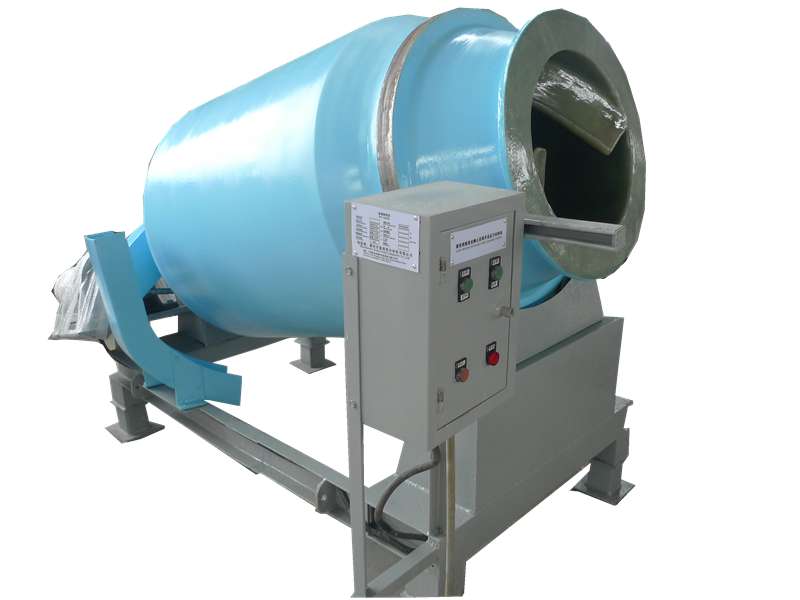
-
 Afrikaans
Afrikaans -
 Albanian
Albanian -
 Amharic
Amharic -
 Arabic
Arabic -
 Armenian
Armenian -
 Azerbaijani
Azerbaijani -
 Basque
Basque -
 Belarusian
Belarusian -
 Bengali
Bengali -
 Bosnian
Bosnian -
 Bulgarian
Bulgarian -
 Catalan
Catalan -
 Cebuano
Cebuano -
 China
China -
 China (Taiwan)
China (Taiwan) -
 Corsican
Corsican -
 Croatian
Croatian -
 Czech
Czech -
 Danish
Danish -
 Dutch
Dutch -
 English
English -
 Esperanto
Esperanto -
 Estonian
Estonian -
 Finnish
Finnish -
 French
French -
 Frisian
Frisian -
 Galician
Galician -
 Georgian
Georgian -
 German
German -
 Greek
Greek -
 Gujarati
Gujarati -
 Haitian Creole
Haitian Creole -
 hausa
hausa -
 hawaiian
hawaiian -
 Hebrew
Hebrew -
 Hindi
Hindi -
 Miao
Miao -
 Hungarian
Hungarian -
 Icelandic
Icelandic -
 igbo
igbo -
 Indonesian
Indonesian -
 irish
irish -
 Italian
Italian -
 Japanese
Japanese -
 Javanese
Javanese -
 Kannada
Kannada -
 kazakh
kazakh -
 Khmer
Khmer -
 Rwandese
Rwandese -
 Korean
Korean -
 Kurdish
Kurdish -
 Kyrgyz
Kyrgyz -
 Lao
Lao -
 Latin
Latin -
 Latvian
Latvian -
 Lithuanian
Lithuanian -
 Luxembourgish
Luxembourgish -
 Macedonian
Macedonian -
 Malgashi
Malgashi -
 Malay
Malay -
 Malayalam
Malayalam -
 Maltese
Maltese -
 Maori
Maori -
 Marathi
Marathi -
 Mongolian
Mongolian -
 Myanmar
Myanmar -
 Nepali
Nepali -
 Norwegian
Norwegian -
 Norwegian
Norwegian -
 Occitan
Occitan -
 Pashto
Pashto -
 Persian
Persian -
 Polish
Polish -
 Portuguese
Portuguese -
 Punjabi
Punjabi -
 Romanian
Romanian -
 Russian
Russian -
 Samoan
Samoan -
 Scottish Gaelic
Scottish Gaelic -
 Serbian
Serbian -
 Sesotho
Sesotho -
 Shona
Shona -
 Sindhi
Sindhi -
 Sinhala
Sinhala -
 Slovak
Slovak -
 Slovenian
Slovenian -
 Somali
Somali -
 Spanish
Spanish -
 Sundanese
Sundanese -
 Swahili
Swahili -
 Swedish
Swedish -
 Tagalog
Tagalog -
 Tajik
Tajik -
 Tamil
Tamil -
 Tatar
Tatar -
 Telugu
Telugu -
 Thai
Thai -
 Turkish
Turkish -
 Turkmen
Turkmen -
 Ukrainian
Ukrainian -
 Urdu
Urdu -
 Uighur
Uighur -
 Uzbek
Uzbek -
 Vietnamese
Vietnamese -
 Welsh
Welsh -
 Bantu
Bantu -
 Yiddish
Yiddish -
 Yoruba
Yoruba -
 Zulu
Zulu
inserting rock bits techniques and strategies for efficient
Inserting Rock Bits Techniques and Strategies for Efficiency
In the realm of drilling operations, the selection and insertion of rock bits are crucial components that significantly impact overall efficiency and productivity. As the drilling industry continues to evolve, adopting advanced techniques and strategies for inserting rock bits is essential for optimizing performance and minimizing downtime.
One of the primary considerations when inserting rock bits is understanding the geological conditions of the drilling site. Different formations require specific types of bits, such as roller cone bits for soft to medium formations and diamond bits for harder rock. Conducting a thorough geological survey prior to drilling can provide valuable insights into the type of rock encountered, allowing operators to select the most suitable bit for efficient insertion.
Once the appropriate bit has been chosen, the method of insertion plays a vital role in the drilling process. One effective technique is to utilize a downhole motor, which provides continuous rotation and enhances the efficiency of the bit. This is particularly beneficial in complex drilling situations where maintaining a steady rotation is essential for penetrating hard rock formations. Additionally, using a directional drilling approach can improve the accuracy of the insertion process, ensuring that the well is drilled along the desired path and reducing the likelihood of bit damage.
Fluid management is another critical aspect of inserting rock bits. The drilling mud serves multiple purposes, such as cooling the bit, removing cuttings, and stabilizing the borehole. Properly managing the properties of the drilling fluid, including its viscosity and density, can significantly affect the efficiency of the drilling process. Engineers should monitor the mud properties continuously and make adjustments as necessary to maintain optimal conditions during the insertion of rock bits.
inserting rock bits techniques and strategies for efficient

Furthermore, advancements in technology have introduced innovative solutions that enhance the efficiency of inserting rock bits. One such development is the use of real-time data monitoring systems that track various parameters, including weight on bit, rotation speed, and torque. By analyzing this data, operators can make informed decisions and promptly adjust their strategies, leading to improved insertion techniques and reduced wear on the bit.
Training and skill development for drilling teams are also paramount. A well-trained crew can effectively implement advanced insertion techniques and respond proactively to challenges encountered during the drilling process. Regular training sessions, workshops, and simulation exercises can equip teams with the necessary skills to optimize their strategies for inserting rock bits.
Finally, collaboration with bit manufacturers can further enhance efficiency. Engaging with manufacturers to understand the latest innovations in rock bit technology can lead to better selection and usage strategies. This partnership can also provide insight into maintenance practices that prolong bit life and improve overall efficiency.
In conclusion, inserting rock bits effectively requires a multifaceted approach that encompasses understanding geological conditions, employing appropriate techniques, managing drilling fluids, leveraging technology, investing in training, and collaborating with manufacturers. By adopting these strategies, drilling operations can achieve higher efficiency, reduce costs, and ensure successful project completion. The future of drilling hinges on our ability to innovate and adapt, and efficient rock bit insertion is at the forefront of this evolution.









